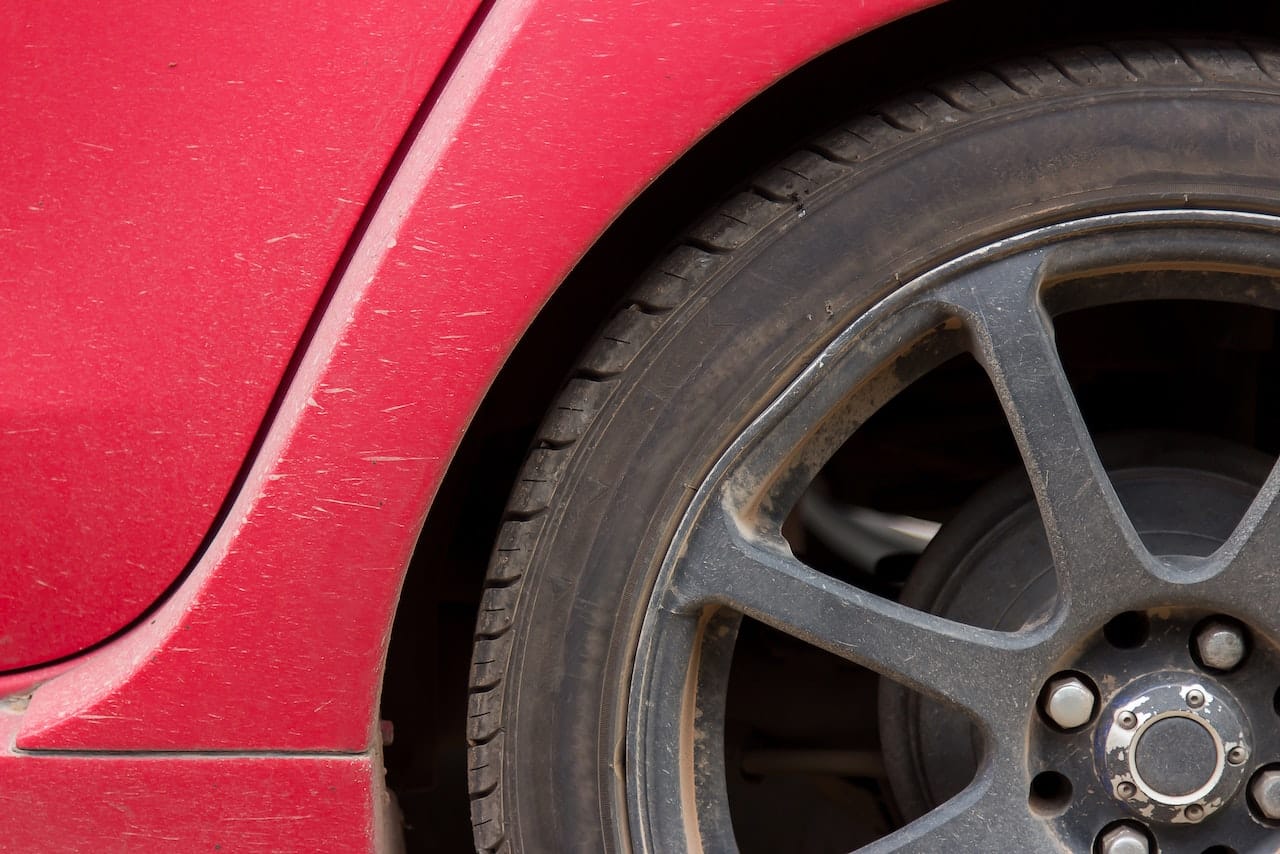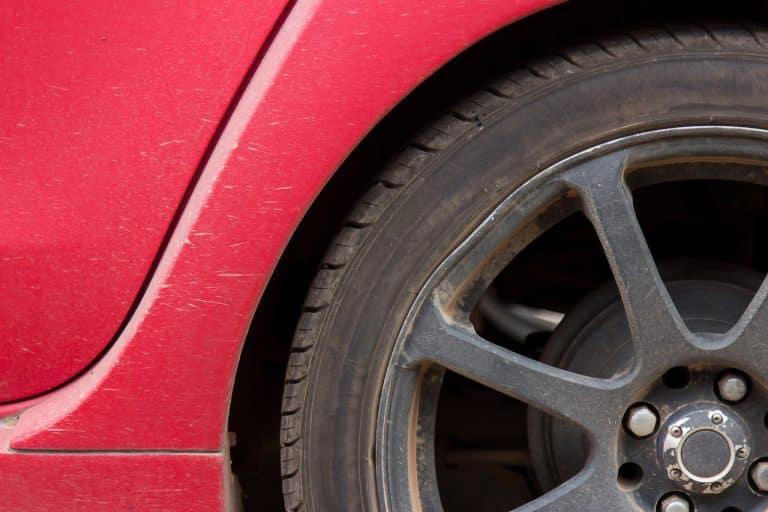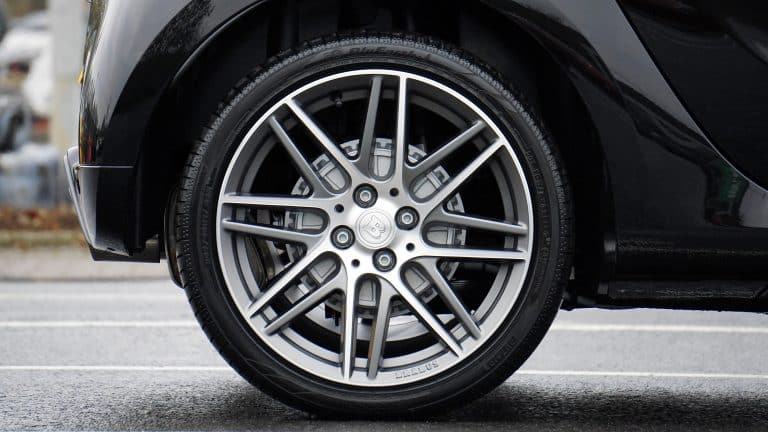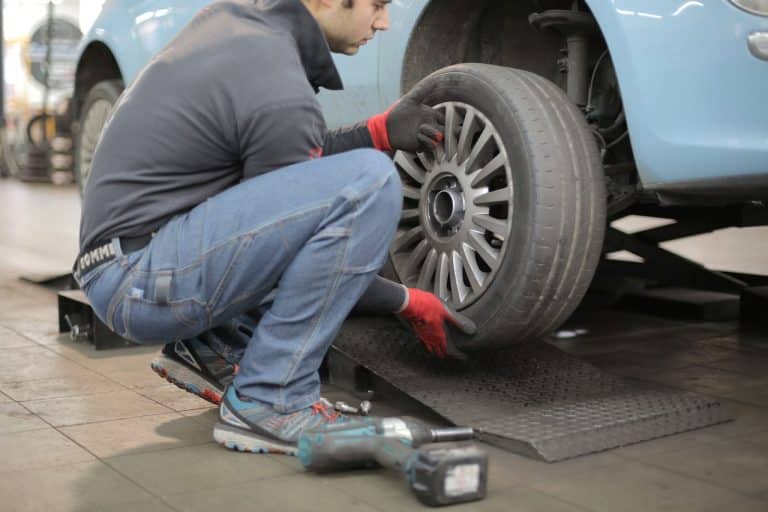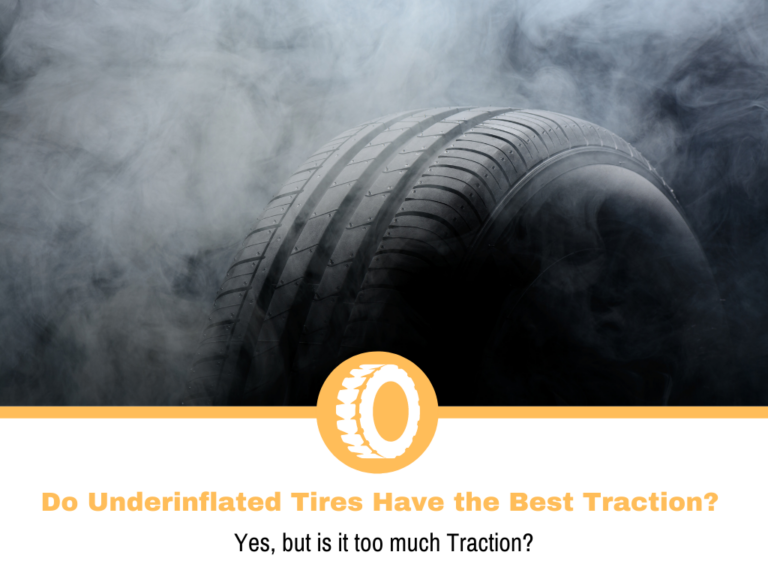Wheel Damage Guide
We often talk about how much torture tires endure, but I feel like we don’t give wheels as much credit as they deserve. Even though they don’t contact the road, they have an important role, which is why they need to be in the best shape possible.
Wheels and tires are a pair that cannot be separated. The wheels connect the tires to the car, and they deliver performance. To ensure the best performance, we should ensure that both are in the best shape possible.
I already made an in-depth guide on tire damage, so today I’ll be covering the other partner. Wheel damage isn’t as rare as a unicorn, so you can end up having problems with it.
In this guide, I’ll outline the multiple types of damage and explain how serious they are. I’ll also talk about how to avoid them or fix them if the damage is already done.
Types of Wheel Damage
Not all wheel damages are equal, meaning that the severity of the situation will vary. In some cases, it can be ignored, while in others you should address it as soon as possible. To explain things better, I’ll break down the different types of wheel damage into several categories.
Curb Rash
I’m starting off light, with the most common type of damage you’ll find on a wheel – curb rash. The main cause of this kind of damage is mostly curbs where the wheel scrapes when you get too close.
For the most part, you’re looking at cosmetic damage, which won’t cause a massive problem. There is a point where the damage will lead to something more severe, which I’ll cover next.
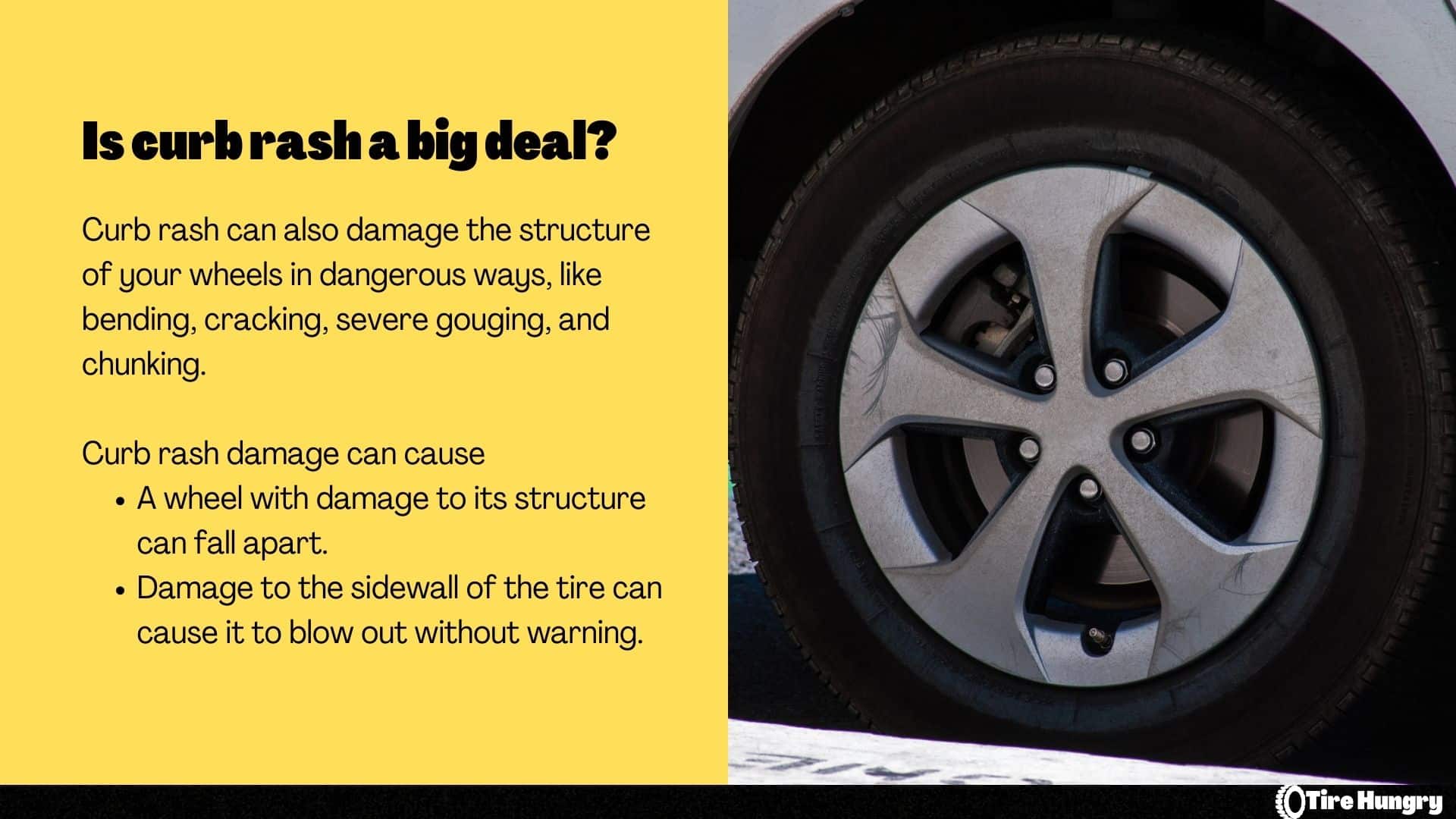
Most people don’t pay too much attention to curb rashes, myself included. Yes, my wheels don’t look perfect, but it doesn’t affect the performance, so I’ll wait a while before I fix the problem.
Speaking of fixing, curb rash is the easiest damage to fix. In most cases, it can be fixed at home. If the damage is more extensive, and there are deeper scuffs, then you may be better off consulting a professional, as they can get the job done properly. It will cost you, but you can be sure the wheel will look new.
Preventing curb rash is simple – be careful. Parking close to the curb is good because you’re leaving space on the other side for other people. With that said, you’re also risking damaging the wheels, so try to leave a few inches just in case. Also, some tire models have rim protectors. There is a wedge in the sidewall that protrudes and protects the rim from this kind of damage.
Corrosion
A common misconception I see in this industry is that only steel wheels rust. That’s true, however, there is a catch. Aluminum alloy wheels can corrode, which is technically a type of rust. There is a lot of chemistry involved here, but the important thing to know is that your wheels aren’t excluded from the process. Carbon fiber ones are, but that’s a different story.
From the factory, wheels are painted and coated with a protection film that prevents corrosion. Curb rash damages the protection and paint, leaving the wheel exposed. Brake dust, chemicals, water, debris, and plenty of other junk can corrode the wheel.
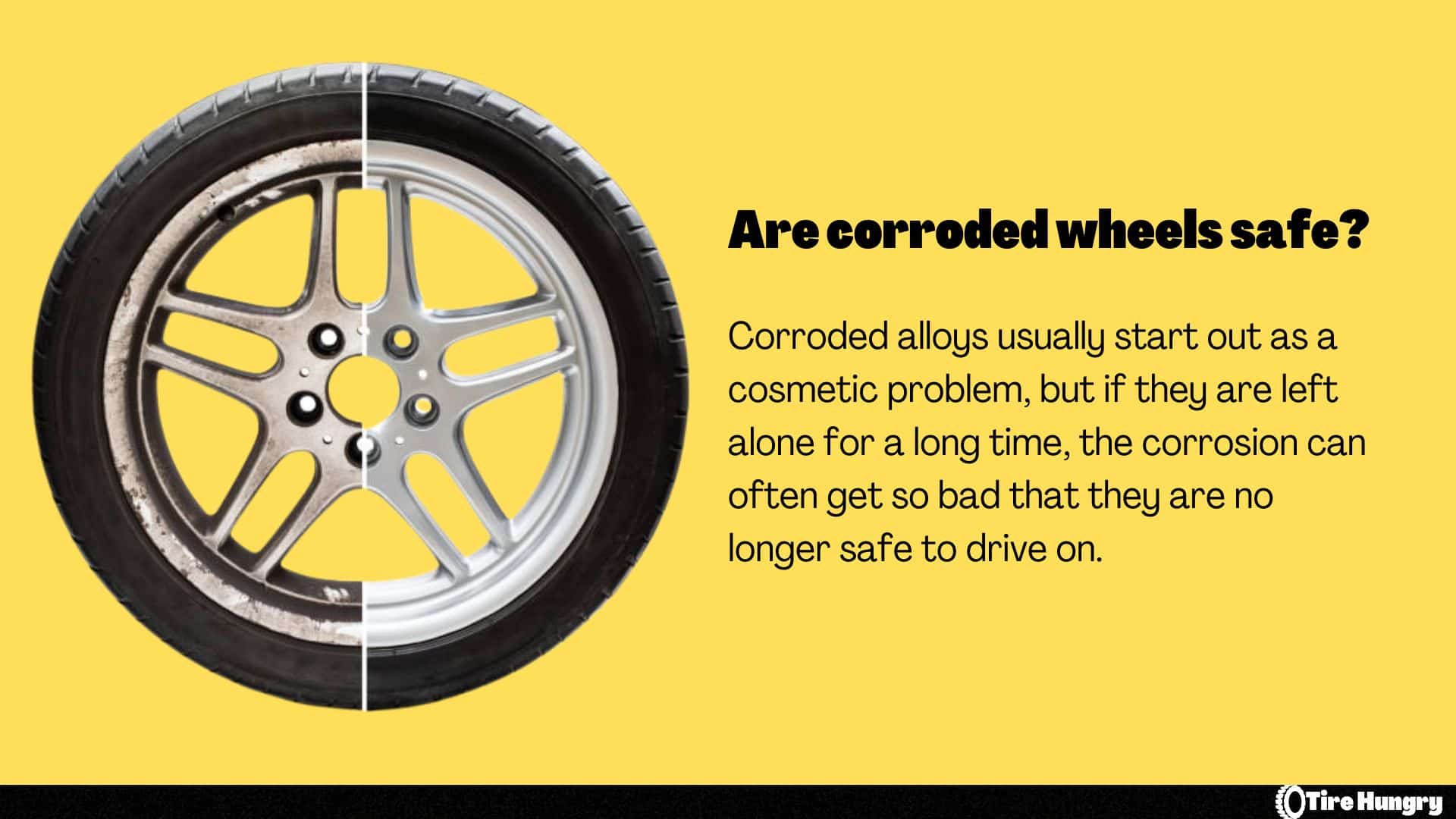
The process doesn’t happen overnight, but if left untreated, it can lead to some serious problems. As the wheel corrodes, its structural integrity degrades. If left untreated for a very long time, it may cause the wheel to break, at which point, an accident is unavoidable. It’s an extreme case, but it should give you an idea of what can happen.
When it comes to protecting the wheels from corrosion, the best approach is to avoid mechanical damage. If there are some scuffs, then make sure to clean them regularly, but don’t leave them untreated. There isn’t a simple way to fix this at home, so I’d recommend visiting a shop. In most cases, the damage can be fixed, but in some cases, if it’s too extensive, you may want to consider replacing it.
Dents and Bends
Another common type of damage we see in wheels is dents or bends. Both are similar, and the idea here is that the wheel is deformed in some way. Regardless if we’re talking about the bead or a spoke, it’s not the original shape and form that it had from the factory.
There are multiple ways in which a wheel can be deformed. The bead can be bent, a spoke, or the entire wheel can be slightly twisted. As for causes, the most common ones are potholes, where the bead or flange takes the hit.
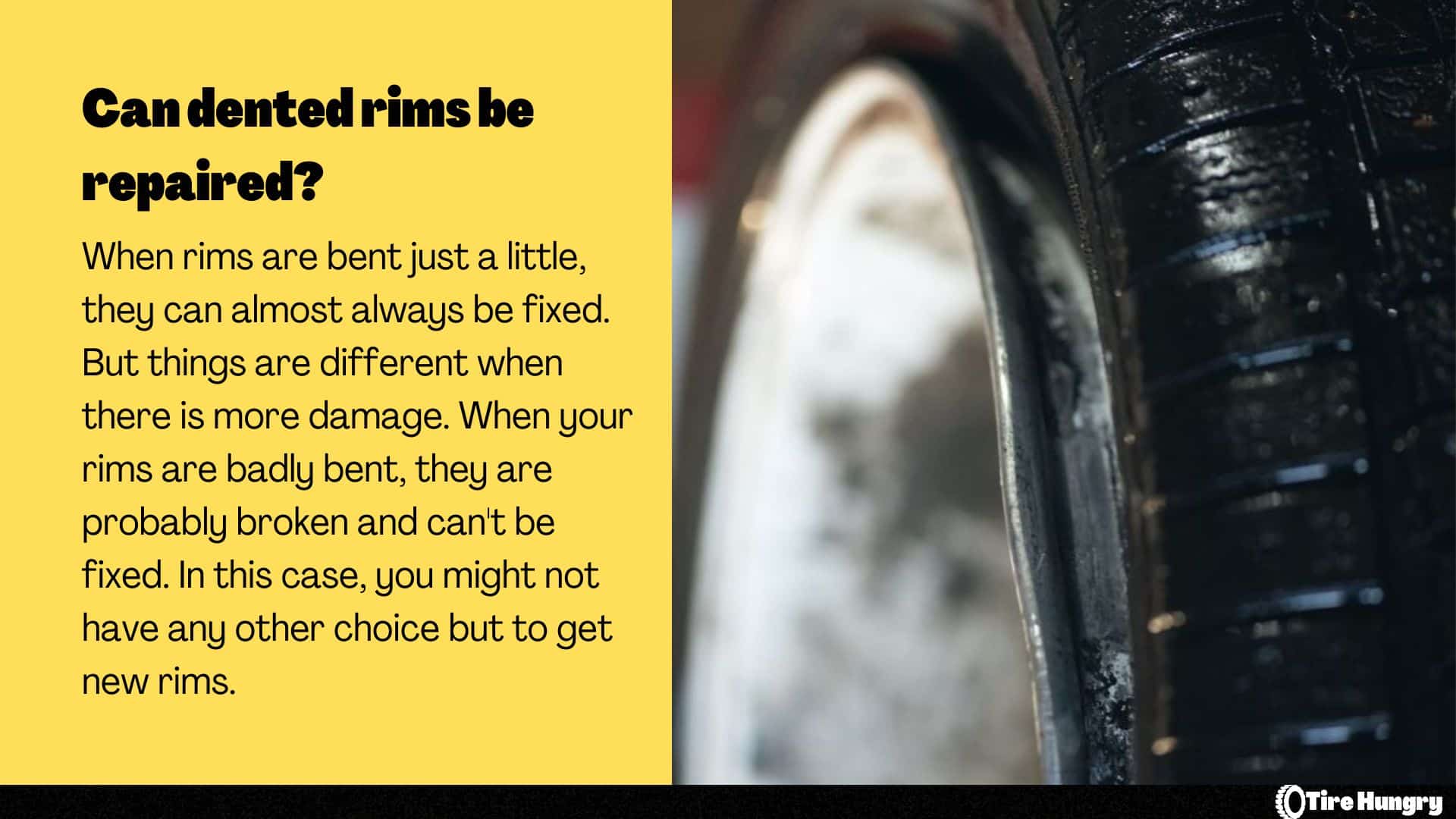
When you hit a pothole, the tire takes most of the impact and, since it’s rubber; it absorbs the impact. With larger impacts, the tire won’t handle the entire hit, so the wheel can get damaged. A crash is also another way in which you can bend a wheel.
There isn’t a specific set of rules that can help you keep the shape of your wheels as intended. You can’t do anything else but be careful and try to avoid potholes. My recommendations seem stupid, but there isn’t any other way.
There are different ways to notice if a wheel is out of shape. The most common one is that you’ll notice something strange about how the car drives and handles. You may notice vibrations, unusual sounds, or difference between how the car handles when turning left or right. If we’re talking about a smaller dent, you may not even notice that. The good news is that when you go to a shop for tire replacement, they will check that and let you know if everything is good.
Fixing the problem is simple – regardless if we’re talking about alloy or steel wheels, most shops will put them back in shape. I had a minor dent on one of my wheels a few months ago, which I didn’t know was there. The shop where I switched from summer to winter tires informed me and fixed the problem. It’s important to note that with larger bends or dents, the wheel may not be fixable.
Crack
We come to the last type of wheel damage, which is also the scariest. Wheel cracks aren’t as common as the other 3 types I mentioned, but it’s not as impossible as it may seem. As the name suggests, this is where a crack forms somewhere on the wheel, reducing the ability to perform optimally.
The reason you may have a crack on your wheel is the same as with the dents. It’s a type of mechanical damage, so the most common culprits are large potholes or crashes. The main difference here is the severity of the hit. While a smaller one will make a dent, a crack is something you may see when you hit a larger pothole.
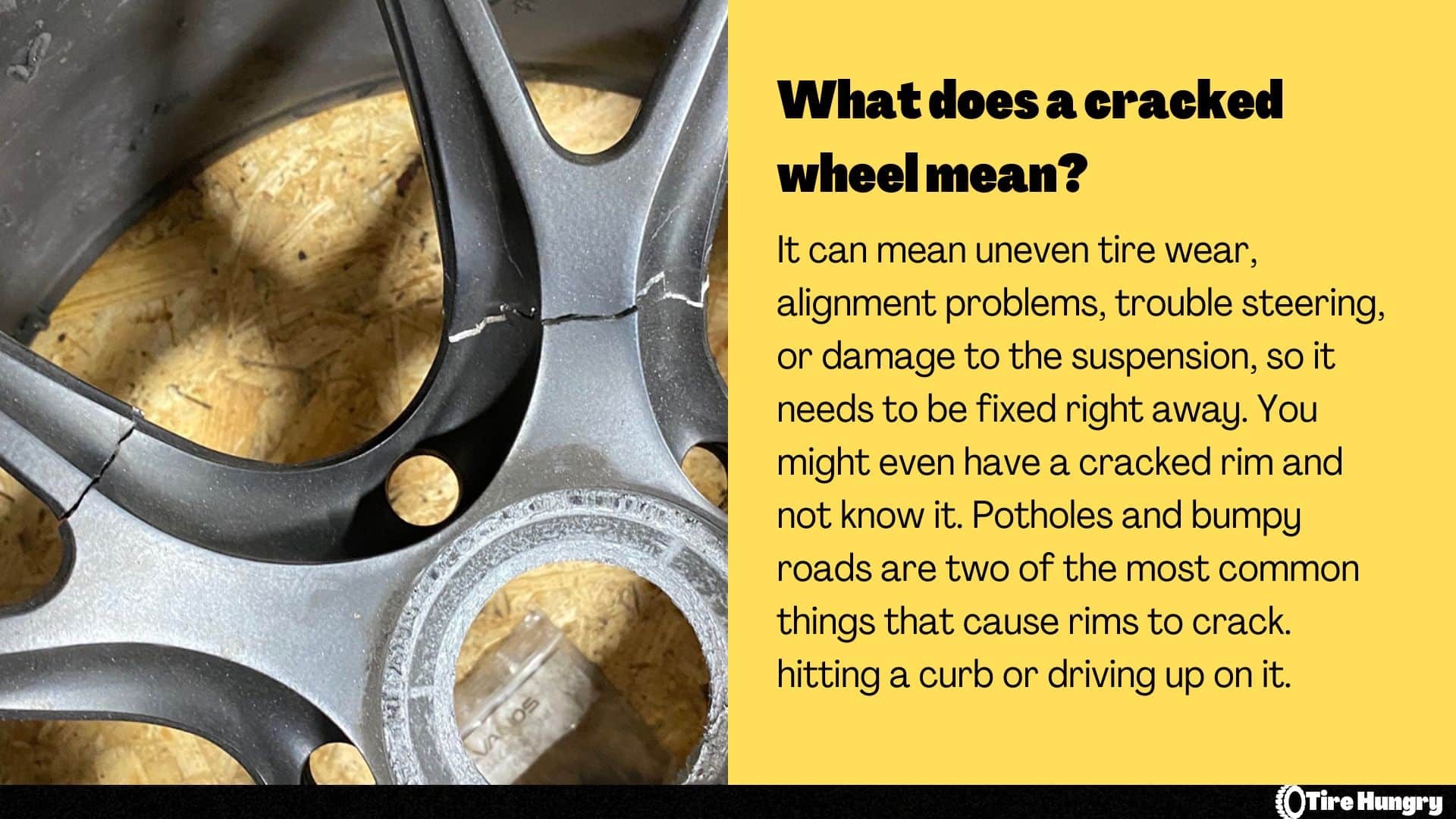
Like before, fixing a crack isn’t something you can do at home. Specialized wheel shops have the tools to fix a cracked wheel. The biggest problem here is the size of the crack, which will determine how it will be fixed.
Apart from visual cues, there are other ways to notice cracked wheels. In most cases, you’re looking at some instability or noise, or in some cases
Smaller cracks are usually fine and can be fixed. This is because the structural integrity of the wheel isn’t overly compromised, so it won’t cause any problems down the road. With that said, major cracks are a problem, and depending on the size, some of them are unfixable.
The best approach to this is to take the cracked wheel to a shop so that they can assess the damage. From there, you’ll know if the wheel is fixable or if you’ll need to buy a new one.
Conclusion
Regardless of which car part we’re looking at, it needs to be in the best shape possible. Some may be fine if they have some damage, especially if they’re not crucial for the performance of the car. It may look bad, but it won’t affect anything. On the other hand, we have parts like wheels that are very important.
The damage you can have on your wheels varies from minor cosmetic to major cracks. Based on the type of damage, the repair process can be cheaper or more expensive. This also means that you can fix some damages at home. For the most part, the cosmetic ones aren’t a massive issue, and you can take care of them in your driveway.
On the other hand, major damages to the wheels need to be fixed by a professional. In the most extreme situations, the damage can be unrepairable, so you’ll need to buy a new wheel.
